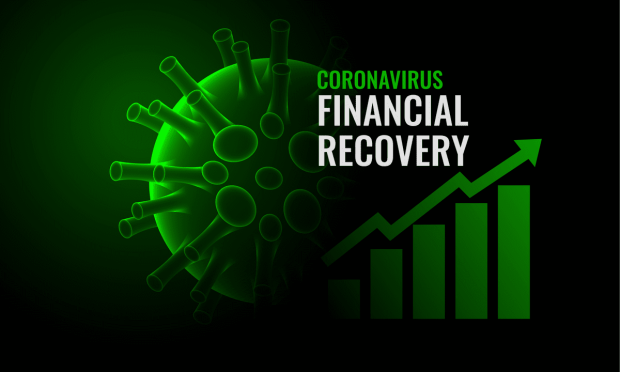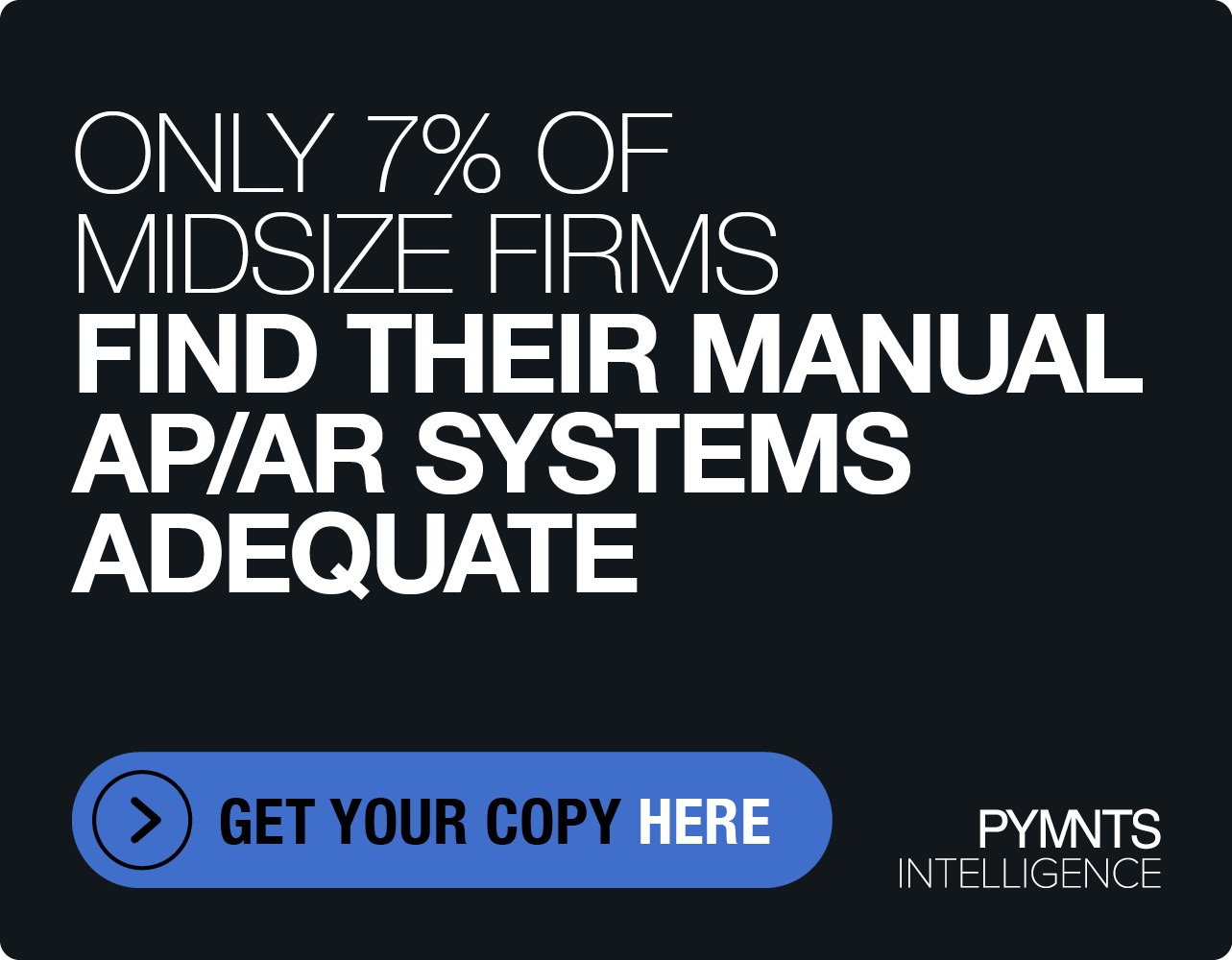Mastercard: Global Economic Outlook Depends On Multi-Speed Recovery

In some ways, there was only one global story that mattered this year. The pandemic was the common element in every economic look back or for that matter, any look forward. But regardless of what country is being discussed, there were some common themes this year within the pandemic. That theme has been called the digital shift or the digital-first economy, or as a new report from Mastercard puts it, the global “e-conomy.”
As seen in the Mastercard Economic Institute’s Economy 2021 report, both governments and businesses have faced a tough and transformative year. But the most actionable part of the company’s report, led by Chief Economist Bricklin Dwyer, is the conclusion that the “e-conomy” is here to stay. In 2020, consumers and businesses turned online with speed and urgency, and Dwyer and his team estimate that, globally, 20 percent to 30 percent of the peak in the COVID-related shift to eCommerce will be permanent. Focusing on the U.S., this was equivalent to a two-year acceleration of the digital-first economy.
As an economist, Dwyer has rarely seen this kind of acceleration, but he sees several factors that have created it.
“It speaks to the fact that there are two players in this game,” he told PYMNTS. “There’s the businesses that are investing heavily, and then the consumers that are adopting quickly. And the result is more affordable goods and more efficient processes. I used to be in the dot.com business and I think back to those days and I know that our biggest challenge was trust in the internet. We needed to get people online as a method of purchasing. This was completely different. The crisis came at a time where confidence was really high in buying online. So a dramatic increase was surprising but not unexpected.”
Dwyer noted that the online shift has included every country and every generation, although there were individual variables and some concerning inequalities. His analysis shows that the pandemic has created a multi-speed global recovery that favors high-income consumers over low and has created a significant job divide for minorities, women and younger workers. Among the 38 countries in the Organization for Economic Co-operation and Development, employment is down 6.3 percent for women and 5.2 percent for men overall; 24 countries have seen a bigger decline in employment for women. Meanwhile, rising prices for housing and stocks have exacerbated income disparities. Government and central-bank stimulus policies that steered economies away from worst-case scenarios are ending, the report says, but targeted intervention will likely be necessary to aid those hardest hit. It’s evidence that one of the most important points in the study, according to Dwyer, is in the phrase “multi-speed global recovery.”
“It just seems like it really is capturing the world today,” Dwyer said. “It’s not about the headline number; it’s not about headline growth. It really is about that divergence among different groups in the economy. Look at the businesses that are digital versus businesses that are not able to translate online. Look at the high-income and low-income disparities. Look at the domestic travel in rural spaces versus destination travel. They’re growing at completely different speeds to central business districts which are being hit extremely hard versus the suburban areas. It’s a divergence in terms of growth rates.”
The research also found a move toward a digital Main Street. For example, census data shows that 74 percent of new retail businesses created in the U.S. since April were not brick-and-mortar retailers, according to Mastercard analysis, but were online retailers. Dwyer believes that trend will continue with more and more businesses opting for virtual storefronts to reach more customers while minimizing costs. The data also suggests that a lot of the new business creation is happening at a micro-level.
The report also found consumers have shifted in many cases to a savings mode, carrying less debt. Dwyer calls it one of the key lessons of the crisis.
“Initially, the behavior that we saw was that as the government checks it went out, they went into consumer bank accounts,” he said. “They spent a big portion of that and they paid down some credit card debt. Now we have the concept of looking more to the future, which is what the vaccine represents. It has encouraged consumers to think more conservatively, still continuing to spend, but they’re also thinking that they may need a bit more of a cushion. They look around and whether you’re a small business or an individual, you’ve been affected by this crisis and you’ve seen the power in having savings.”
Dwyer calls the near-term economic outlook “challenging.” He expects the deployment and logistics of the vaccine to dominate the first quarter. After that, he believes Q2 will be a time of reconsidering the multi-speed global recovery. Travel is one of the indicators Mastercard is watching closely. For economies and sectors dependent on travel, the pandemic has been particularly hard-hitting. Mastercard sees an emerging benefit to markets that typically have a tourism deficit (more travelers go out than in), such as China, the U.K. and Singapore. For example in China, 1.7 percent of its GDP is typically spent on tourism in other countries. If that tourism becomes more domestic it stands to lift economic growth substantially.
The travel industry also plays into the concept of pent-up demand. Will individual sectors recover faster because consumers have been kept away from them due to the pandemic? There are no definitive answers in the multi-speed recovery. As Dwyer points out, low-income consumers have been dependent on stimulus funds. Will they have the same recovery as high-income consumers? They won’t and that’s just one of the factors playing into the multi-speed recovery. There is only one constant and it’s the E-Conomy.
As the Mastercard report concludes: “This year has put us all to the test. We made a dramatic digital leap forward. We have seen incredible resilience from small business owners, consumers and policymakers looking to keep us on course. We have also seen an increase in social unrest around the world, often tied to local unemployment. Risks — from COVID lockdowns to climate change — put social inequities in stark focus. With a vaccine in sight, we will be able to rebuild the connections lost this past year and forge a more resilient future — one that allows for inclusive, sustainable growth that benefits all individuals and businesses alike.”
